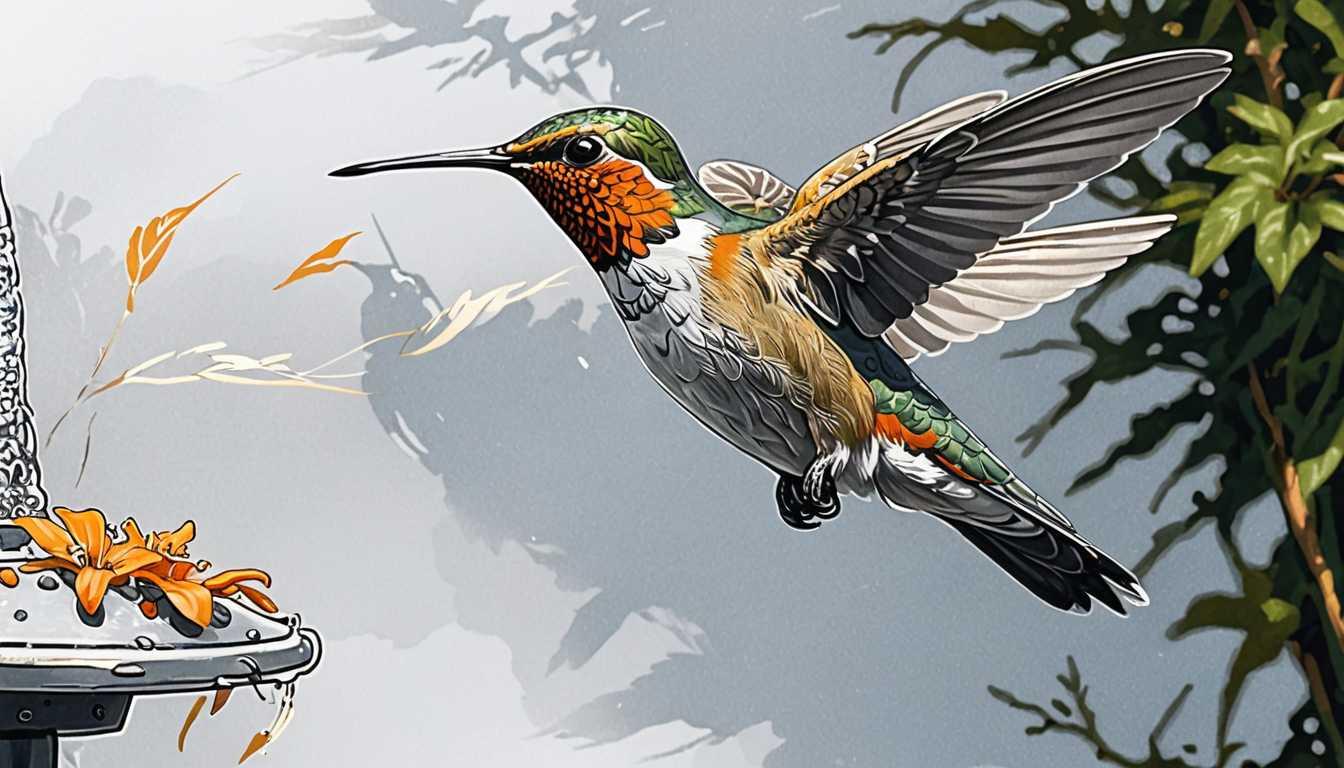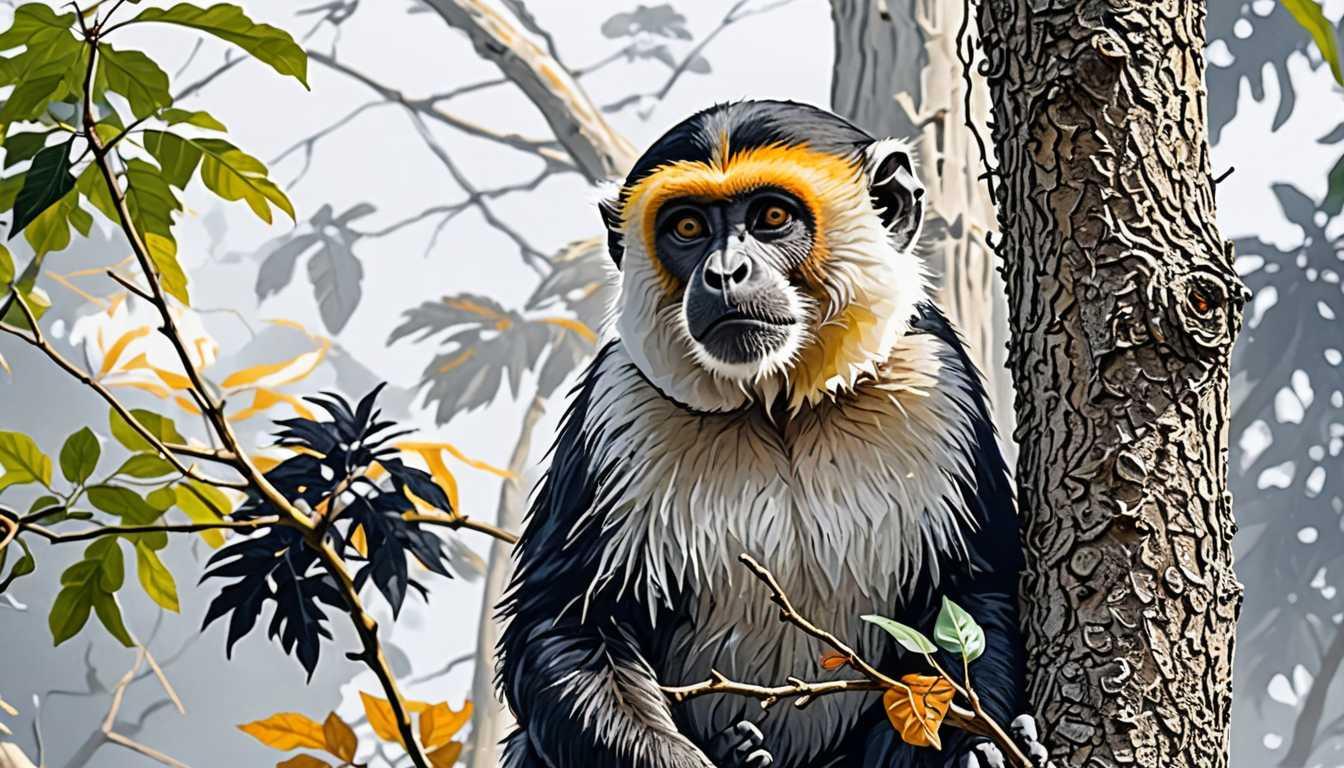Butterflies: Brainy Survivalists Unveiled
July 2023
University of Bristol
Introduction
Dive into the fascinating world of Heliconius butterflies with the University of Bristol's latest study, revealing how their big brains give them a survival edge in the wild! Scientists discovered these butterflies have brains 2-4 times larger than their relatives, thanks to their unique diet of pollen. This brain boost helps them remember where to find their favorite snacks, proving that size really does matter—at least in the butterfly world. Get ready to flutter through the details of this brainy adventure in Nature Communications.
READ FULL ARTICLEWhy It Matters
Discover how this topic shapes your world and future
Fluttering through the Neurons
Imagine a world where the size of your brain could determine how well you survive in the wild. Sounds like a science fiction story, right? But for the Heliconius butterflies, it's a reality. These butterflies have brains that are two to four times larger than those of their close relatives, specifically in an area known as the mushroom body. This isn't just a random growth spurt; it's a crucial adaptation that has given them a survival edge. By shifting their diet to include pollen, these butterflies have unlocked a source of protein that allows them to live much longer lives. However, this diet requires them to remember the locations of specific plants, a task that demands a bigger brain. This fascinating discovery highlights the intricate link between an organism's behavior, its environment, and the evolution of its brain. It's a vivid reminder of the power of adaptation and how even small changes can have significant impacts on survival. For you, it's an invitation to marvel at the complexities of nature and perhaps think about how humans continue to adapt to our ever-changing world.
Speak like a Scholar
Mushroom body
A part of an insect's brain that plays a key role in learning and memory. Imagine it as the library of the brain, where all the important information is stored.
Neural circuitry
The complex system of neurons and their connections within the brain. Think of it as the internet of the brain, where information is rapidly shared across vast networks.
Kenyon cells
Specific neurons that form the majority of the mushroom body and are believed to be the foundation of memory storage. Picture them as the hard drives of the brain, storing all the crucial data.
Phylogenetic trees
Diagrams that show the evolutionary relationships among various biological species. It's like a family tree, but for all living things, showing how closely related they are.
Sensory specialization
The evolution of certain senses (like sight or smell) to become more acute or refined. Imagine upgrading a camera to capture clearer, more detailed photos.
Cognitive shifts
Changes in the way an organism thinks or behaves as a result of adaptation. It's like updating the software in your brain to better handle new challenges.
Independent Research Ideas
Exploring the evolution of brain size in insects
Investigate how different insects have evolved their brain sizes in response to their unique ecological niches. This could reveal fascinating strategies for survival across the insect kingdom.
The role of diet in brain development
Examine how changes in diet, like the Heliconius butterflies' shift to pollen, can impact brain structure and function in other species. It's a chance to explore the connection between what we eat and how we think.
Memory mechanisms in non-insect species
Research how memory is stored and accessed in animals outside the insect world, comparing and contrasting these mechanisms with the Kenyon cells of butterflies. This could provide insights into the universal principles of learning and memory.
The impact of sensory specialization on survival
Delve into how the specialization of senses (such as enhanced vision or smell) has given certain species a survival advantage. This study could highlight the importance of our senses in navigating the world.
Neural circuitry and learning abilities
Investigate the relationship between the complexity of neural circuitry and the learning abilities in various species. This could uncover how different animals learn and adapt to their environments.
Related Articles

Electricity: Nature's Hitchhiking Secret
January 2025
U of Bristol Research news

Monkeys, Stress, and Surviving Droughts!
January 2025
UCLA Health + Behavior

Evolution's Tiny Titans Unveiled
April 2023
University of Bristol

Froggy Dance of Deception
March 2024
Smithsonian Magazine

DNA Detectives: Unveiling Hidden Life
February 2024
MIT Technology Review